The draft Law on HigherEducation (amended) just announced by the Ministry of Education and Training consists of 9 chapters and 54 expected articles.
6 new policy groups
The draft Law on Higher Education (amended) standardizes 6 major policy groups including: Improving the effectiveness of state management, creating an advanced university governance system; Modernizing training programs and methods, applying advanced technology and promoting lifelong learning; Positioning higher education institutions as centers of research and innovation associated with training high-quality human resources; Strengthening the mobilization of resources and improving the efficiency of investment in modernizing higher education, international cooperation on equal terms; Developing a team of excellent lecturers and scientists and a creative and honest academic environment; Innovating approaches, ensuring substance in the work of ensuring the quality of higher education.
Basic adjustments, additions and modifications
Compared with the current Law on Higher Education, the draft revised Law on Higher Education has many adjustments and supplements.
Accordingly, the contents that have been omitted include: Classification of higher education institutions according to research/application orientation; conditions for establishing member universities in universities (except national universities and regional universities); Mandatory regulations on establishing school councils for schools belonging to the armed forces; Administrative procedures on opening majors, programs, branches, and quality assessment; Regulations that overlap with the Law on Education, the Law on Teachers, and the Law on Civil Servants.
According to the Ministry of Education and Training, the above adjustments aim to simplify regulations that are no longer suitable for the requirements of university education development in the coming time; standardize the university education system for unified management; reduce administrative procedures and provisions stipulated in other laws.
The revised and improved contents include: Establishing legal autonomy, linked with accountability; Organizational and operational mechanisms of the school council: Model, authority, working relationship; Managing the opening of programs according to the post-audit mechanism, linked with fields and locations; Testing and recognizing substantive results from independent organizations; Legal status of universities and colleges.
According to the Ministry of Education and Training, this amendment and improvement aims to increase the autonomy of universities in the new context; Improve the capacity and efficiency of the school council's operations, resolve problems regarding the school council, the relationship between the school council and the board of directors according to the provisions of the current Law on Higher Education; Determine the scope of activities of educational institutions in higher education activities.
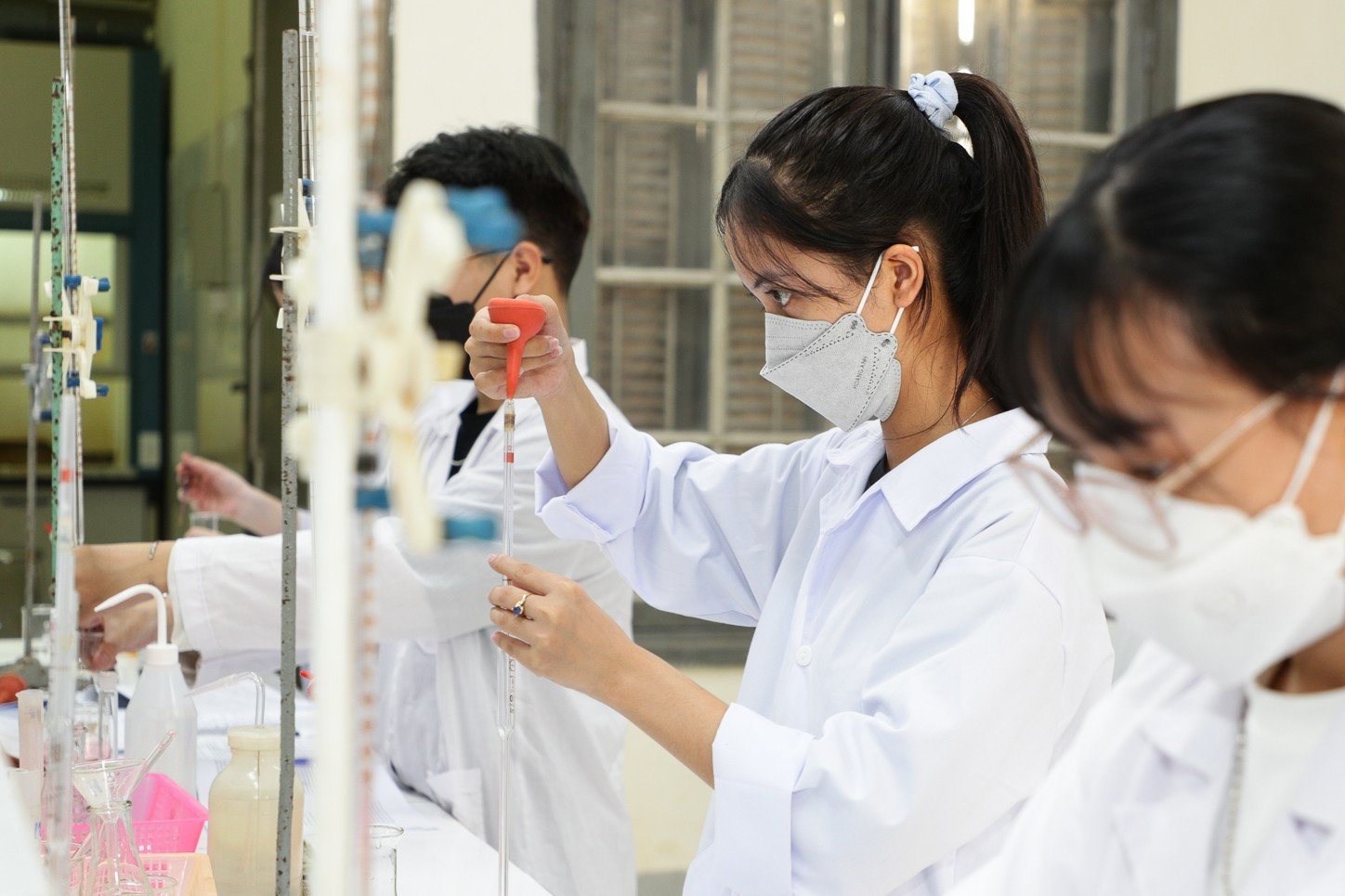
Additional contents include: Digital higher education, recognition of cumulative learning outcomes; Detailed institutionalization of Resolution 57 in higher education (legal rights of research and innovation centers); Tuition fees, preferential credits, scholarships, orders, and assignment of high-quality human resource training tasks; Classification and standards of lecturer titles; Principles for building a creative, honest, and quality-assured academic environment; Application of digital technology in inspection and supervision.
According to the Ministry of Education and Training, the addition of the above regulations aims to anticipate new educational technologies and develop human resources to serve the task of socio-economic development, provide human resources for key scientific and technical fields; evaluate, access and integrate into world higher education; determine the role and position of the teaching staff and appropriate remuneration, attract and promote talents in higher education institutions; standardize academic integrity...
The contents of administrative procedure reduction and simplification (minimum reduction of 45%) include: Consolidating 4 procedures for university establishment, branch establishment and licensing of university training activities, licensing of branch training into 1 procedure for registration of operation by location; Integrating procedures for licensing the operation of foreign-invested universities and branches and licensing of foreign training cooperation; Integrating procedures for extension, adjustment of training cooperation and procedures for termination of training cooperation; Eliminating detailed and overlapping regulations on accreditation, program organization, and training organization; Expected to cut at least 45% of the number of administrative procedures; Shortening processing time by about 30%.
The Ministry of Education and Training said that cutting and simplifying administrative procedures aims to save social costs, increase productivity and work efficiency, attach responsibility to the person performing the work and the head of the unit; and implement the policy of switching from pre-inspection to post-inspection.
Source: https://vietnamnet.vn/se-khong-con-phan-loai-truong-dai-hoc-dinh-huong-nghien-cuu-hay-ung-dung-2415404.html










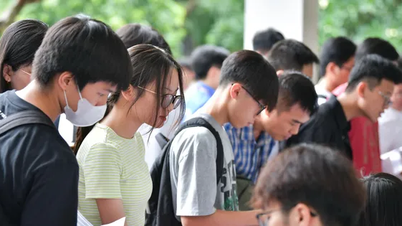

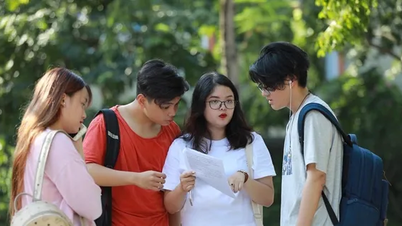

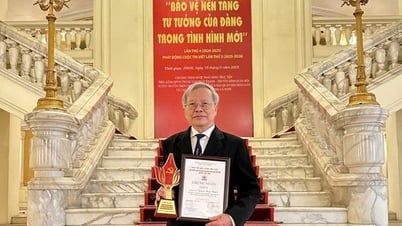



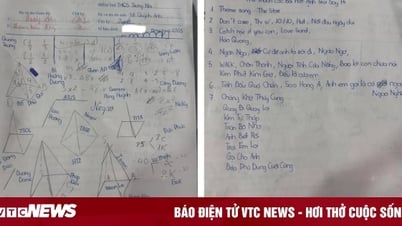






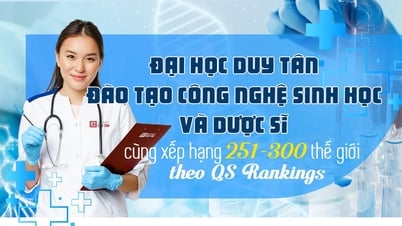

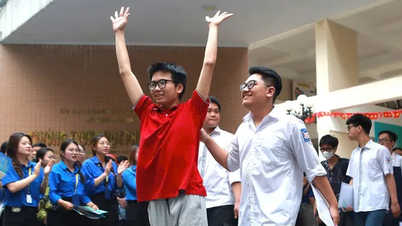





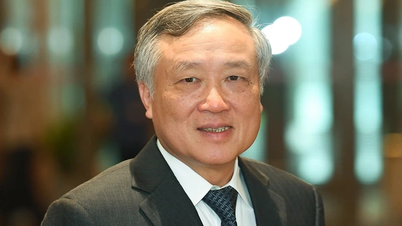

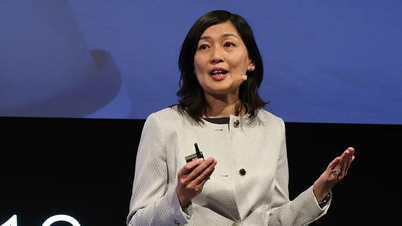






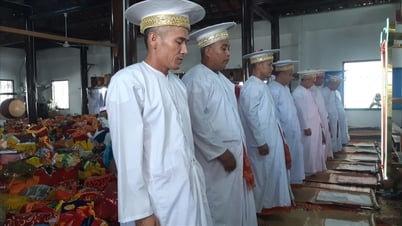

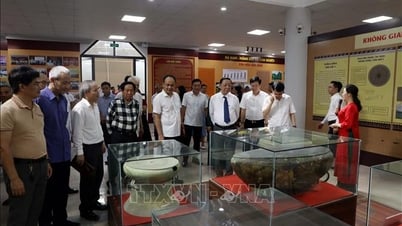



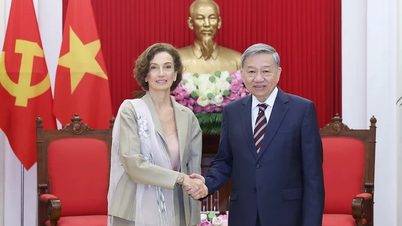






















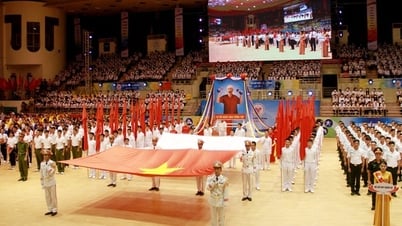


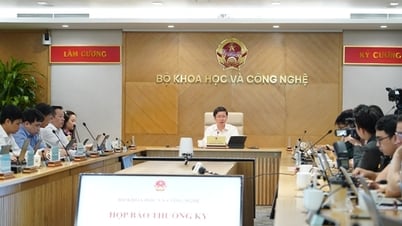



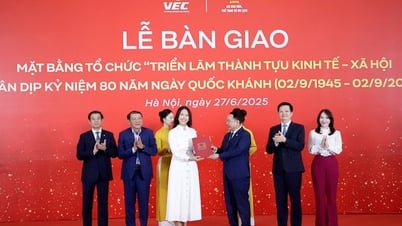
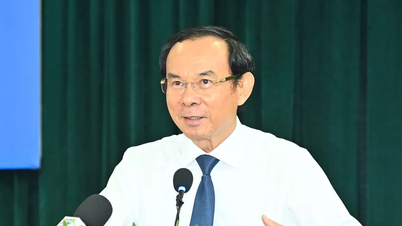

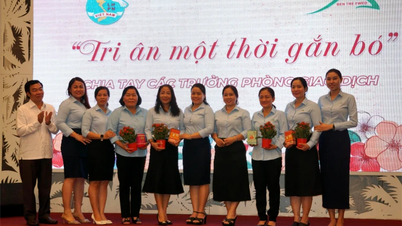

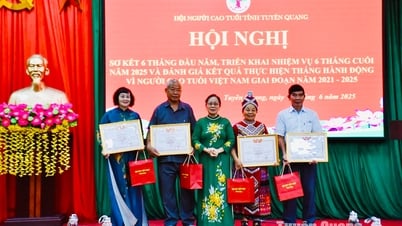





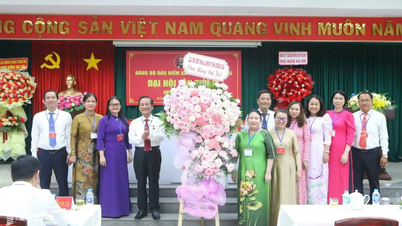














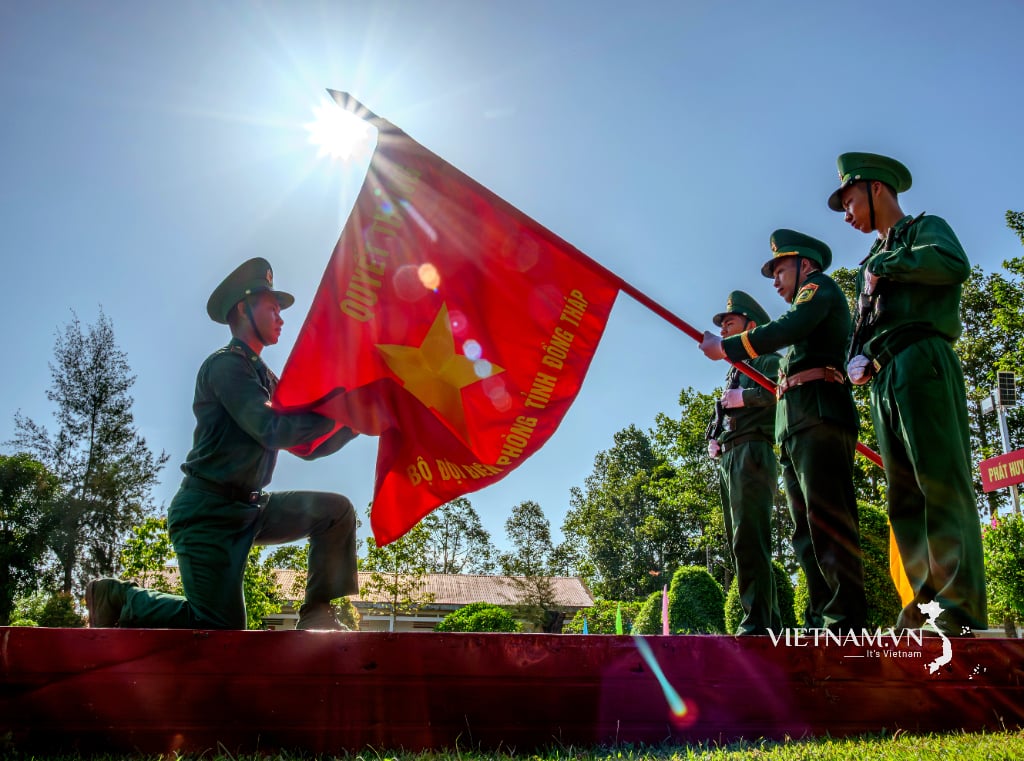


Comment (0)